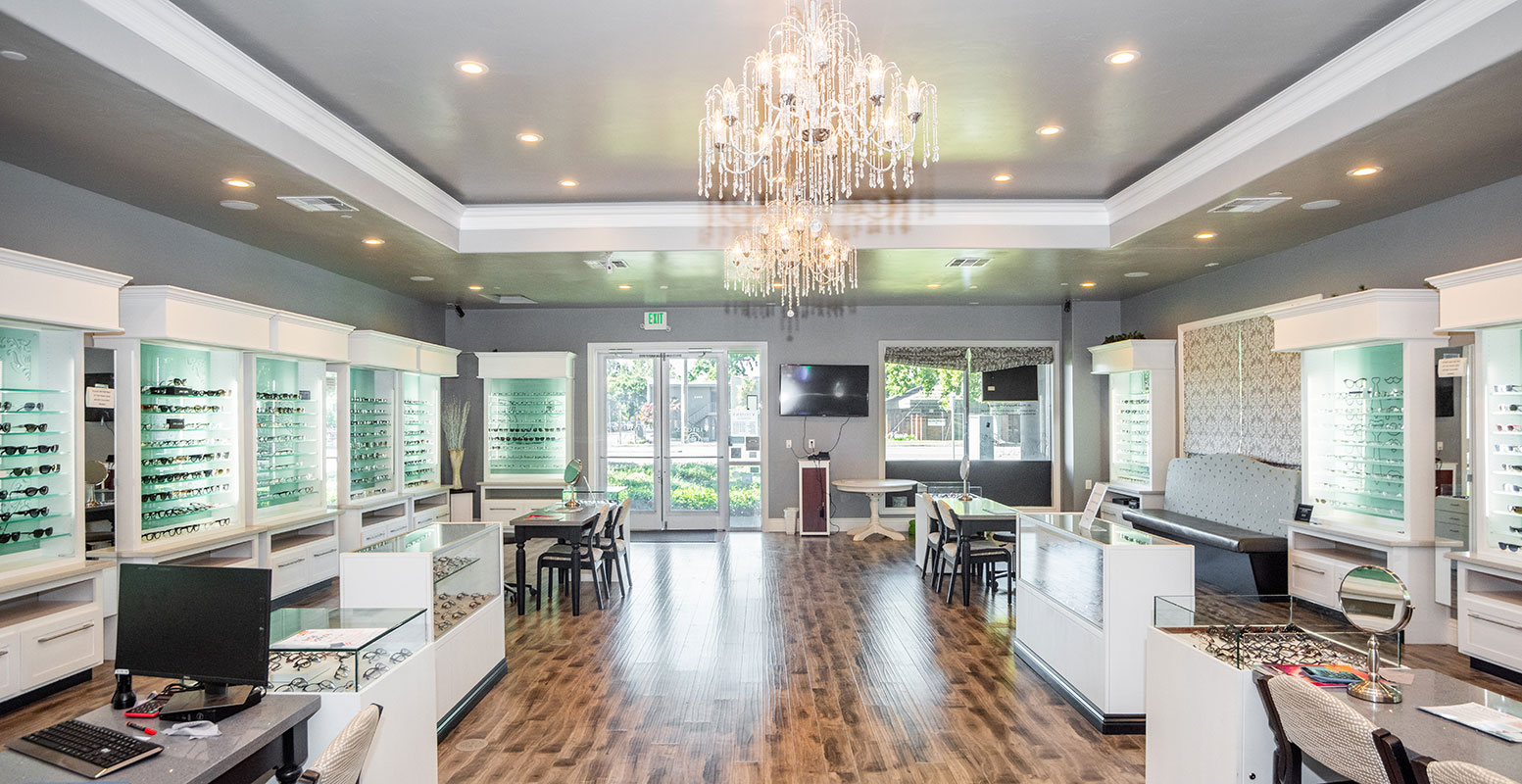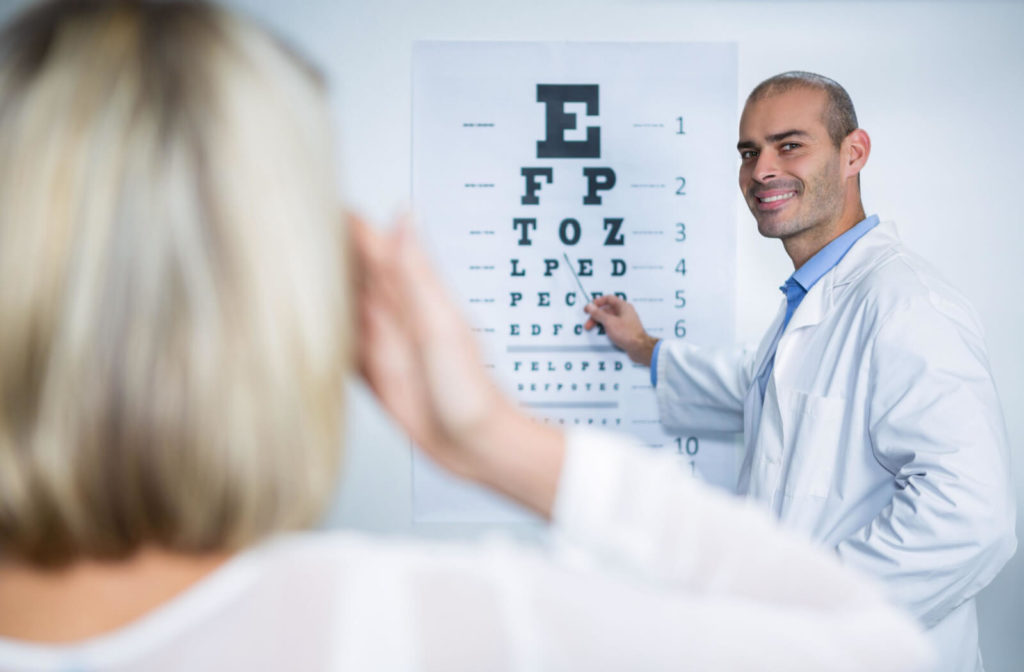Exploring the Most Recent Technical Developments in Optometry and What They Mean for Optometrists
In the ever-evolving area of optometry, current technical innovations are improving exactly how experts come close to eye care. From the accuracy of Optical Comprehensibility Tomography to the nuanced insights supplied by AI-driven diagnostic tools, these developments are setting new criteria in individual assessment and treatment. Teleoptometry is poised to redefine ease of access, making sure that expertise transcends geographical limitations. As these innovations penetrate the practice, eye doctors are encountered with the obstacle of welcoming these devices to improve individual end results. Yet, the concern remains: just how will these technical changes redefine the roles and obligations within the profession?
Innovations in Diagnostic Equipment
Progressing the field of optometry, technologies in analysis devices have actually transformed the way eye care professionals assess and identify ocular problems and aesthetic disabilities. The previous years has experienced significant technical developments, allowing even more detailed and exact examinations. Optical Comprehensibility Tomography (OCT), as an example, supplies high-resolution cross-sectional photos of the retina, permitting the early discovery of conditions such as glaucoma and age-related macular degeneration. This non-invasive imaging method has come to be crucial in modern optometric method.
Another key technology is the introduction of innovative corneal topography systems, which map the surface curvature of the cornea with precision. These devices are particularly beneficial for suitable contact lenses and identifying corneal disorders. Additionally, electronic retinal imaging has changed traditional ophthalmoscopy, providing thorough, scenic sights of the retina that facilitate thorough aesthetic examinations.
The advancement of wavefront aberrometry has actually also been vital, making it possible for the evaluation of refractive errors with unrivaled accuracy (Optometrist Chino). This modern technology helps in customizing restorative lenses and improving surgical end results for refractive surgeries. Collectively, these analysis improvements encourage optometrists to supply superior client care, guaranteeing early treatment and customized therapy strategies, inevitably improving aesthetic health outcomes
AI in Patient Management
Structure on the structure of cutting-edge analysis tools, the unification of artificial intelligence (AI) in patient administration represents a transformative jump for optometry. AI systems are increasingly employed to enhance effectiveness, accuracy, and customization in client care. By assessing substantial amounts of information, AI can determine patterns and forecast potential eye problems, allowing eye doctors to customize treatments better. This capability is vital in managing chronic eye conditions such as glaucoma and diabetic retinopathy, where very early detection and continuous tracking are crucial.
Additionally, AI-driven systems facilitate streamlined person communications and management processes. Automated organizing, virtual assessments, and personalized follow-up strategies not just enhance patient satisfaction yet also optimize time monitoring for specialists. These systems can triage people based on the urgency of their conditions, making certain that those in important requirement receive punctual focus.
Moreover, AI enhances decision-making by offering optometrists with evidence-based suggestions and treatment pathways. By incorporating data from electronic health and wellness records, AI tools provide insights that notify medical decisions, minimizing the risk of errors and improving client outcomes. As AI proceeds to develop, its role in individual monitoring will likely expand, reshaping the landscape of optometric treatment.
Developments in Retinal Imaging
In the world of optometry, retinal imaging has seen remarkable technological advancements that are enhancing diagnostic capabilities and patient care. Developments such as Optical Comprehensibility Tomography (OCT) and fundus digital photography have reinvented how optometrists envision and analyze the retina. OCT, particularly, supplies high-resolution, cross-sectional images wikipedia reference of the retina, permitting the thorough evaluation of its layers. This ability is vital for very early detection and monitoring of conditions like glaucoma, diabetic retinopathy, and age-related macular degeneration.
Boosted imaging methods like OCT angiography are more refining analysis precision. Optometrist Chino. Such improvements facilitate the identification of min retinal changes that can symbolize disease development.
Additionally, advancements in expert system are boosting retinal More Bonuses imaging by enabling computerized evaluation of big datasets. These systems aid eye doctors in identifying patterns a measure of pathology, thereby enhancing diagnostic accuracy and performance. Collectively, these technologies are changing retinal imaging into a keystone of modern eye care, improving results and increasing therapeutic possibilities.
Teleoptometry's Expanding Function
Teleoptometry is increasingly becoming a crucial element of eye care, driven by developments in digital communication and analysis devices. As optometry welcomes digital makeover, teleoptometry helps with remote examinations, permitting optometrists to prolong their services beyond standard limits. This is specifically advantageous in underserved and rural locations where accessibility to specialized eye care is frequently restricted. By leveraging high-resolution video conferencing and progressed retinal imaging, eye doctors can carry out detailed eye exams from afar, ensuring prompt medical diagnosis and therapy.
The integration of expert system (AI) additional boosts teleoptometry, allowing the analysis of visual information and helping in the detection of eye problems such as glaucoma and diabetic retinopathy. AI-powered algorithms can quickly translate complicated imaging data, providing optometrists with beneficial understandings that bolster clinical decision-making.
In addition, teleoptometry sustains continuity of care via smooth integration with electronic health records (EHRs), permitting eye doctors to maintain comprehensive client histories. When consulting with different specialists., this ensures that people obtain constant and tailored care even.
In spite of these benefits, difficulties stay, including guaranteeing data security and taking care of individual expectations. Nevertheless, teleoptometry stands for a significant stride towards even more available, effective, and patient-centered eye treatment. As technology advances, its duty is poised to broaden better.

Future Trends in Eye Treatment
A myriad of ingenious fads is readied to improve the future Get More Information of eye treatment, driven by technological developments and the developing needs of individuals. One significant pattern is the assimilation of expert system (AI) in diagnostics, which promises to improve the accuracy and performance of eye assessments. AI formulas can analyze vast quantities of data from retinal images, possibly detecting conditions like diabetic person retinopathy and glaucoma earlier than standard approaches.
Additionally, tailored medicine is obtaining traction in optometry, with hereditary testing notifying tailored treatment strategies. This technique intends to enhance patient end results by customizing interventions to specific hereditary accounts. Wearable modern technology, such as clever contact lenses, is additionally coming up, providing real-time surveillance of intraocular stress or glucose degrees, thus supplying continuous understandings into eye and systemic wellness.
The adoption of increased fact (AR) and online reality (VR) in training and individual education and learning is another emerging pattern. These technologies use immersive experiences that can improve understanding and abilities both for individuals and optometrists. As these fads develop, optometrists have to remain abreast of technical advancements to supply innovative care, ensuring improved person results and fulfillment in the vibrant landscape of eye treatment.
Verdict

Jointly, these diagnostic advancements encourage eye doctors to supply remarkable client treatment, ensuring early intervention and customized treatment approaches, eventually boosting aesthetic wellness outcomes.

As these innovations proceed to advance, eye doctors must adjust and incorporate them into technique, eventually optimizing process effectiveness and elevating the standard of eye treatment supplied to people.